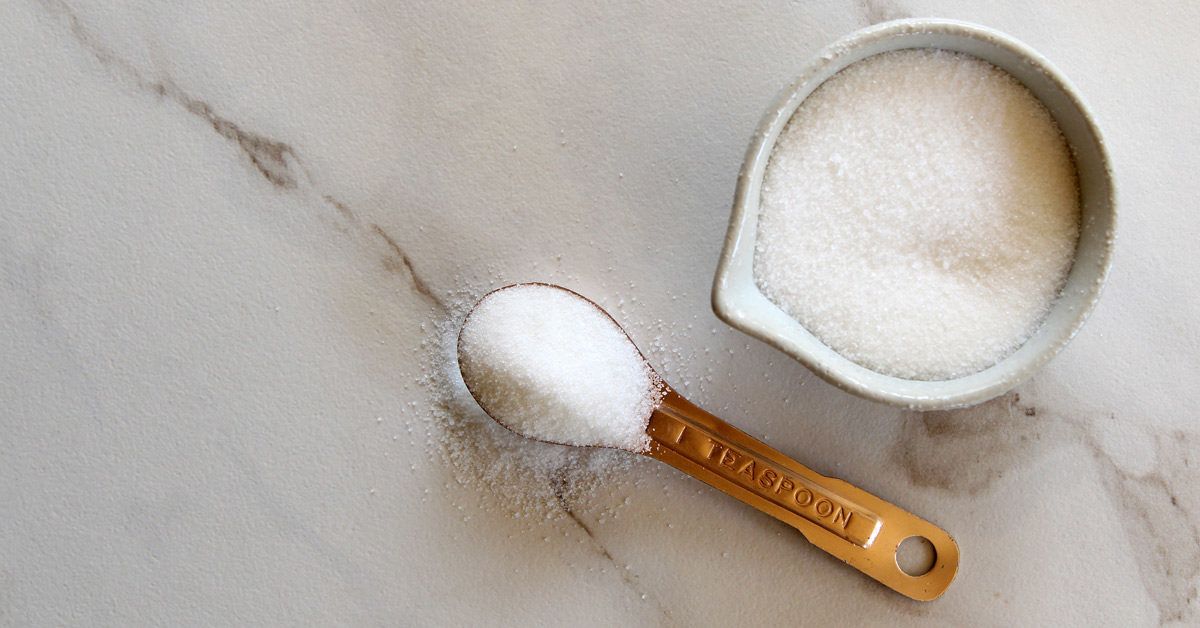A key factor in the beet sugar vs cane sugar debate is how each type impacts cooking.
Discovering the Differences in operation and Benefits In Between Beet Sugar Vs Cane Sugar
In the cooking globe, the choice in between beet sugar and cane sugar is not just about sweetness yet entails a nuanced consideration of taste, application, and influence. While both sugars stem from different plants, each goes through one-of-a-kind production processes that discreetly influence their characteristics and viability for various meals.
Origins and Manufacturing Procedures of Beet and Cane Sugar

Cane sugar, on the various other hand, originates from the sugarcane plant, an exotic turf belonging to Southeast Asia today grown in tropical areas worldwide. The manufacturing of cane sugar starts with the harvesting of cane stalks, which are crushed to launch the juice. This juice is then boiled to focus it, after which it is rotated in centrifuges to generate raw sugar crystals. These crystals are additional improved to produce the white sugar typically offered in shops.

Nutritional Material and Health And Wellness Considerations

When comparing the nutritional material of beet sugar and cane sugar, it comes to be evident that both types basically give the same caloric values, with around 16 calories per tsp and no substantial nutrient diversity. Each is composed practically completely of sucrose, which is a simple carbohydrate that provides quick power however does not have vitamins, minerals, or fiber. This resemblance expands to their impact on health, especially concerning blood glucose degrees. Both sugars, when eaten over, can add to raised blood sugar degrees, a threat factor for diabetes and other metabolic disorders. Extreme intake can lead to weight gain and dental problems, as both sugars are equally cariogenic, promoting tooth degeneration. From a wellness perspective, regulating consumption of any kind of sort of sugar, whether from beet or cane, is suggested to stay clear of these possible unfavorable impacts on wellness. Thus, neither holds a distinct advantage over the various other in regards to health and wellness benefits.
Taste Profiles and Culinary Applications
Despite their comparable chemical structures, beet sugar and cane sugar differ subtly in taste, which can influence their usage in different cooking contexts. Walking stick sugar typically carries a tip of molasses, even in its polished form, providing a cozy, caramel-like undertone that boosts baked goods, coffee, and chocolate-based dishes. This slight molasses taste is especially valued in the baking sector for adding deepness to sweets and breads. On the various other hand, beet sugar is identified by its extremely refined, neutral preference, making it a versatile sugar that does not change the taste accounts of recipes. This nonpartisanship is particularly valuable in fragile dishes, such as light breads, creams, and some sauces, where the inherent tastes of various other components are meant to attract attention. Subsequently, cooks and food makers could select one sort of sugar over the other based on the preferred taste outcome of their culinary productions.
Ecological Impact and Sustainability
While both beet and cane sugars are acquired from plants, their visit our website ecological influences differ considerably due to the unique methods of farming Recommended Site and processing needed for each. Sugar beet growing typically involves considerable automation, which can enhance fossil fuel usage and carbon emissions.
In addition, the processing of sugarcane often generates a considerable quantity of waste, consisting of bagasse, which, although usable as biofuel, often adds to air pollution if burned inefficiently. Sugar beet handling uses more of the raw products, resulting in much less waste. Both industries encounter challenges in lowering their ecological impacts, however ongoing innovations in agricultural methods and waste monitoring are aiming to improve sustainability.
Economic Variables Affecting the Sugar Market
The financial characteristics of the sugar industry are considerably affected by international market needs and trade policies. Aspects such as tolls, aids, and global trade contracts play critical roles in shaping the competitive landscape. In regions where sugarcane or sugar beet production is subsidized, producers may have a financial advantage that enables them to offer lower costs on the worldwide market. This can produce variations in productivity and market accessibility for manufacturers in nations without such aids.
Furthermore, changes in global demand for sugar, affected by nutritional patterns and industrial usage in food, straight impact prices and manufacturing degrees. beet sugar vs cane sugar. Climate condition also play a pivotal duty, as they can dramatically impact crop returns and, subsequently, the supply chain. This variability introduces a degree of economic uncertainty that can bring about financial investment volatility in sugar manufacturing industries, influencing choices from planting to market approach
Conclusion
In final thought, both beet and cane sugar have one-of-a-kind high qualities that match different cooking see this site demands. While cane sugar imparts an abundant taste ideal for enhancing baked items, beet sugar's neutrality is best for lighter recipes.